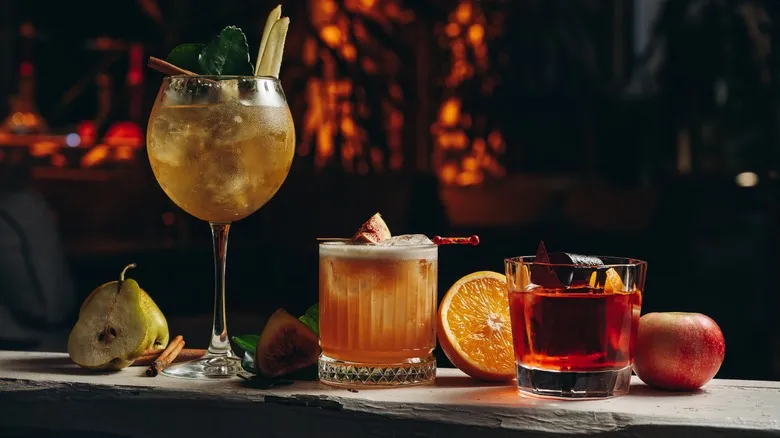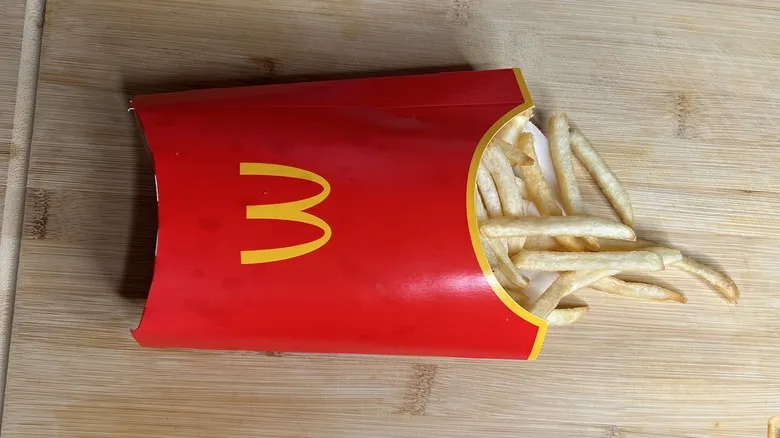What is a whiskey sour?
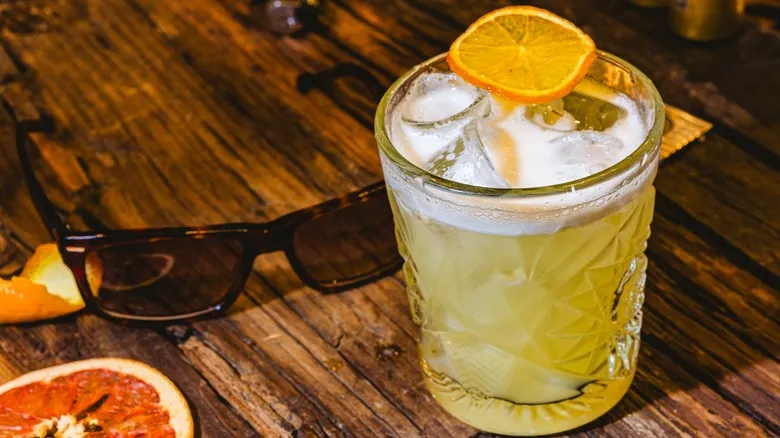
The whiskey sour is a legendary cocktail, firmly established as one of the oldest and most cherished beverages among whiskey enthusiasts. Its first mention dates back to 1862 in "Jerry Thomas' Bartenders Guide," one of the earliest bartending manuals known.
A classic whiskey sour typically features bourbon or rye, freshly squeezed lemon juice, and simple syrup. The bold flavor of the whiskey is beautifully balanced by the sweetness of the syrup and the distinctive, tangy acidity of the lemon juice—making it essential to include lemon juice in this cocktail. Some variations incorporate a splash of egg white, which is shaken to produce a frothy, velvety layer on top of the drink. While this step isn't mandatory, it adds a delightful creaminess and an elegant appearance to the whiskey sour. Regardless of whether egg white is used, the whiskey sour remains a timeless choice for any whiskey aficionado seeking a smooth, dependable cocktail that harmonizes sweet and tart flavors, leaving a warm sensation in the stomach.
What is a New York sour?
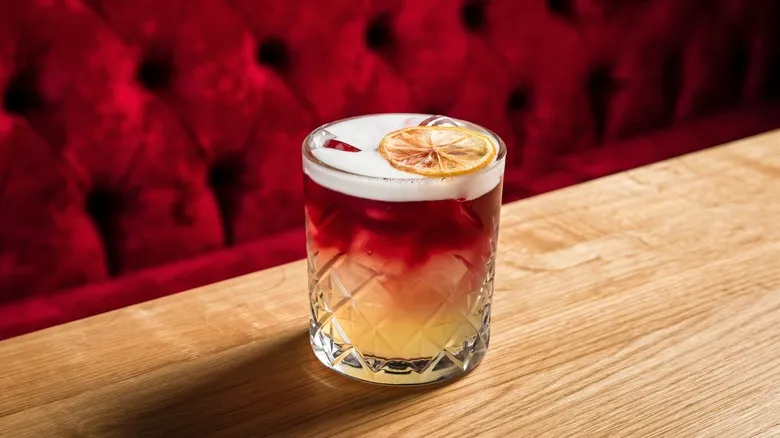
Although it may not be ordered as frequently as the classic whiskey sour, the New York sour has been around since the late 1800s and actually originated in Chicago. This cocktail elevates the traditional whiskey sour by incorporating a distinctive float of red wine—usually a dry, fruity variety like malbec. Pouring the red wine on top of a New York sour requires a specific technique and a steady hand; bartenders typically use a long bar spoon to gently pour the wine over the back, allowing it to rest delicately atop the whiskey, lemon, and syrup blend. This layering is not merely for aesthetics; it significantly alters the drink's flavor profile.
Visually, the New York sour is captivating, with the deep red wine creating a beautiful gradient as it begins to blend with the other ingredients. The added complexity of flavors and the eye-catching presentation make the New York sour a remarkable choice. Similar to the classic whiskey sour, some enthusiasts opt to include a frothy layer of egg white for enhanced visual appeal and a luxuriously smooth sip.
Differences in flavor
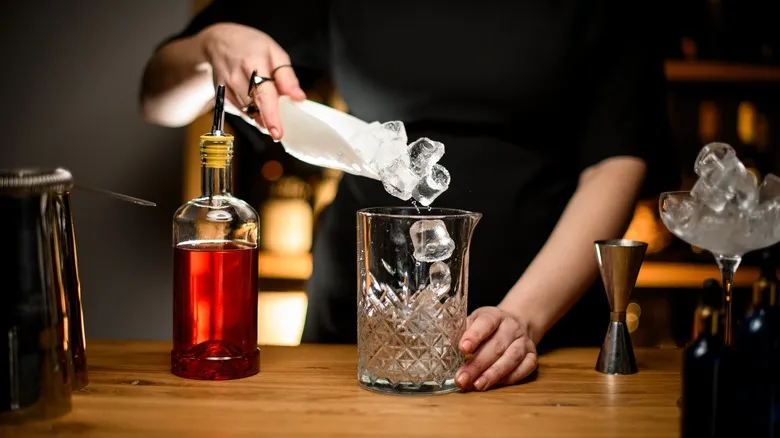
The whiskey sour and New York sour may originate from the same foundation, but their flavor profiles are notably different, primarily due to the inclusion of red wine in the New York variant. The whiskey sour prominently highlights the spirit's essence, featuring warm caramel undertones and a touch of spice. When paired with fresh lemon juice and simple syrup, it delivers a refreshingly tart and sweet sip that is also smooth.
On the other hand, the New York sour's layer of red wine introduces added depth and complexity to the drink. Even before taking a sip, the enticing aromas of red wine rise from the glass, captivating your senses in a way that a classic whiskey sour cannot. The typically fruity, medium-bodied wine brings forth bold berry flavors that beautifully contrast with the richness of the whiskey. The wine's acidity and tannins offer a refreshing bite, harmonizing with the whiskey's warmth and the tartness of the lemon, resulting in a sophisticated and multi-dimensional drinking experience.
Every bartender has their own preferred recipe, making it possible to delve deeper into these cocktails by experimenting with various whiskey and wine combinations. For instance, a smooth bourbon like Maker's Mark can impart sweet vanilla and oak notes to the whiskey sour, while a spicier rye, such as Bulleit Rye, can add complexity with hints of pepper and citrus, whether in a classic whiskey sour or the New York sour. In addition to malbec, cabernet sauvignon and merlot are also excellent options.
These sours look different, too
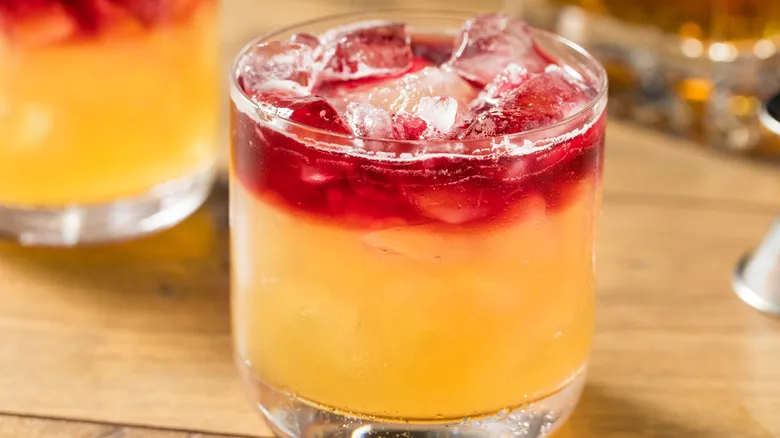
When it comes to cocktails, presentation plays a crucial role, and the whiskey sour and New York sour exemplify this perfectly. The whiskey sour, with its frothy, creamy egg white topping, radiates an elegant simplicity. Its light amber color hints at tradition, capturing the essence of a classic cocktail without any need for embellishment. This drink is like a reliable friend who always looks sharp but never overdoes it.
In true New York fashion, the New York sour makes a grand entrance with an eye-catching flair that's hard to overlook. Its distinctive layer of red wine creates a stunning gradient, shifting from a deep ruby at the top to a warm amber below. It’s akin to a masterpiece in a glass—sophisticated and undeniably Instagram-worthy. This striking visual appeal makes it a popular choice for those who desire a cocktail as lively as their personality.
While the whiskey sour remains a timeless favorite, the New York sour appeals to those who enjoy a touch of flair in their drinks. If you're looking for a cocktail that captures attention and ignites conversation, the New York sour is the perfect pick: beautiful, bold, and utterly delicious.
Each pour may have a different price

A cocktail served in an Old Fashioned glass is only as costly as the whiskey it contains, yet both drinks can be enjoyed without overspending. However, you might notice that the New York sour tends to be priced a bit higher on bar menus. This is mainly due to the additional expense of red wine and the skill needed to achieve the perfect layered effect, which involves carefully pouring the wine over the back of a spoon.
Many bars opt for mid-range red wines that complement whiskey, but depending on the venue, the wine choice could be more expensive, increasing the overall price of the drink. If you're preparing these cocktails at home, a whiskey sour can be easily mixed with ingredients you probably already have. On the other hand, making a New York sour will require you to buy some wine, which could be an extra expense. This price difference reflects the added complexity and preparation involved in crafting a New York sour, but for those who appreciate the cocktail's visual appeal and layered flavors, the extra cost is often justified.
Recommended
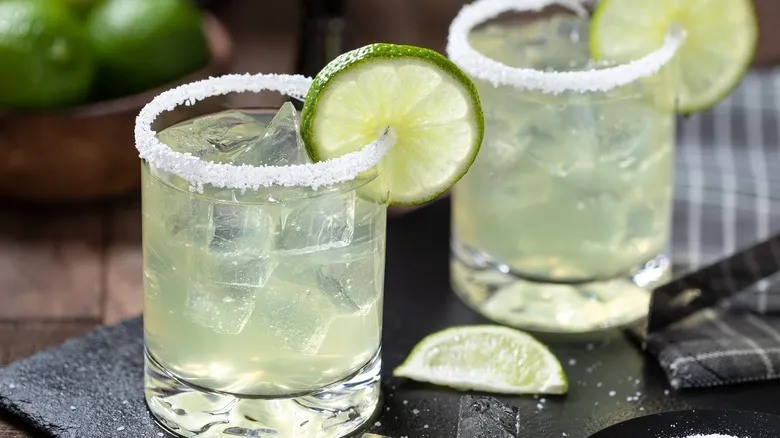
Does Chipotle Still Sell Margaritas?
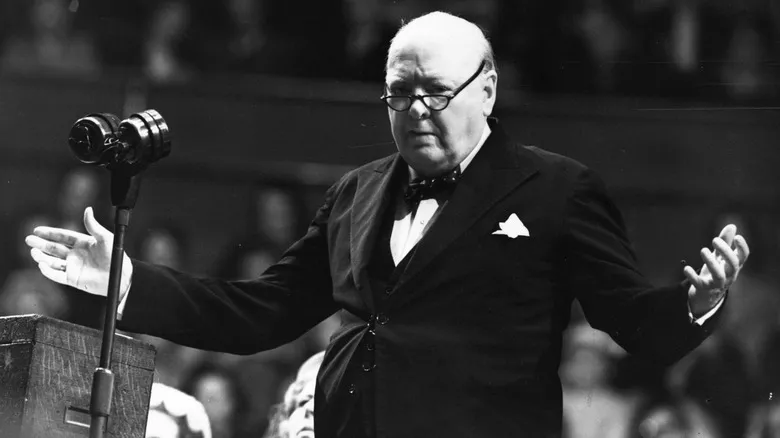
Winston Churchill's Favorite Scotch Came From An Iconic Brand
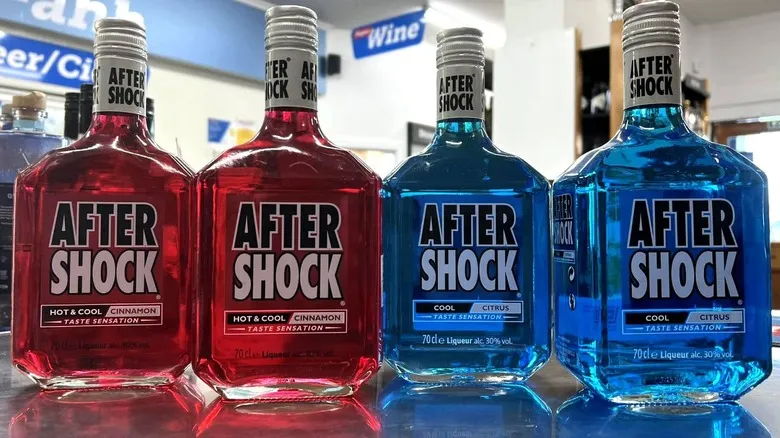
Why Aftershock Liqueur Is So Hard To Find
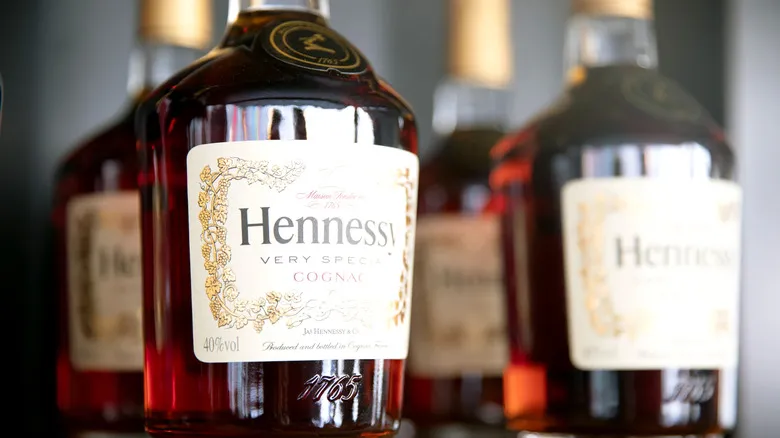
What Type Of Liquor Is Hennessy Anyway?
Next up

